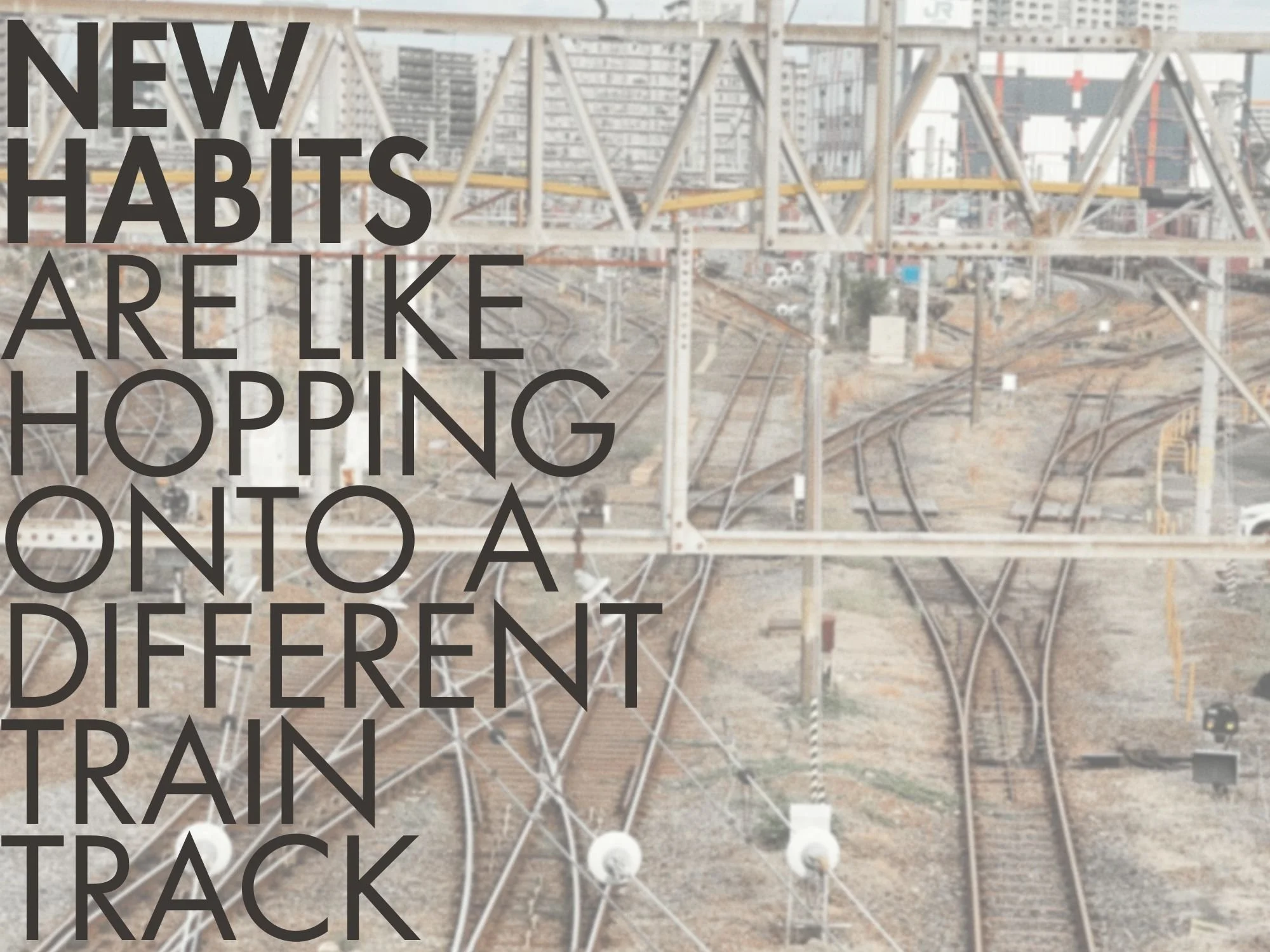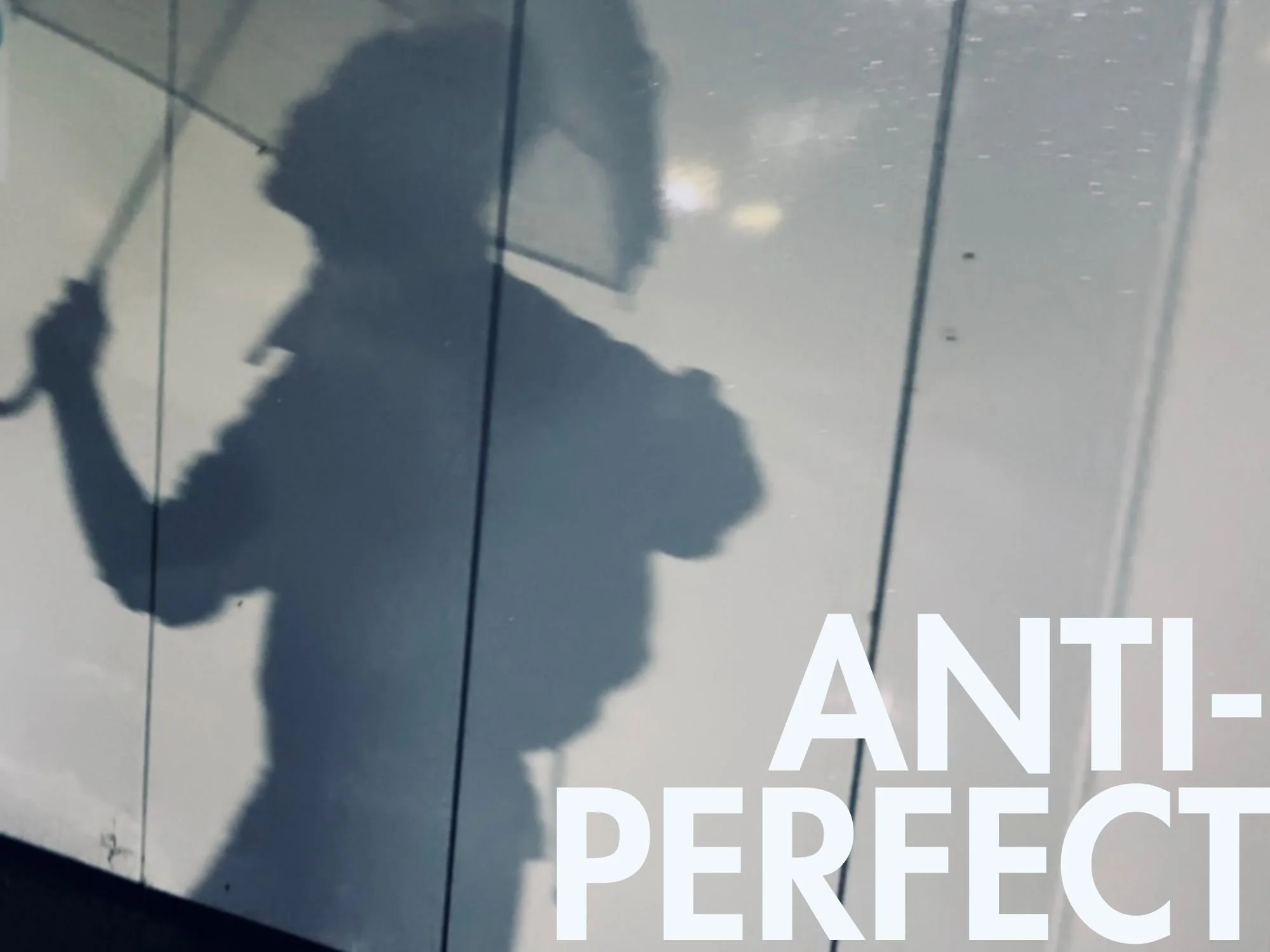Change Unconscious Habits, Reach More Goals (4 steps)
My old habits, beliefs and personality do not align with my ideal future self. So how can I expect to reach any of my big dumb goals (an honest endearment) unless I first change myself?
How do you reach your big goals? I mean really, how do you actually create your dream life?
It’s nuanced and personal and I’m no expert. But I think changing unhelpful unconscious habits is a pretty good starting point.
It’s like updating old software to run more efficiently. Or downloading new plugins and tools to do things better.
This is a post sharing my experiences and what’s working for me. But just remember, perfection is not the goal.
It’s more about momentum, patience and focusing on little wins over the big ones.
Let’s do this.
Table of Contents
What Are Unconscious Habits?
Unconscious habits are recurring behaviors or ways of thinking that happen on autopilot or without much effort, thought or awareness.
Again, I’m not a behavioral psychologist. Just a guy with an awareness and curiosity for habits, behaviors and learning how to get more things done in life.
For me, habits are a core part of lifestyle design (which is curating the context of your life to match your style and vision).
Habits + Meeting Goals
You don’t reach goals from doing something one time, obviously. You reach exciting milestones from doing something consistently. If you’re curious how to become prolific, that’s it. Keep showing up.
Consistency is the secret and habits play a big role..
I’m not saying anything groundbreaking here. But it’s a nice reminder.
Explore more:
➤ Bad Habits (that are actually good)
Change Sucky Unconscious Habits (5 steps)
1. Don’t Change—Become
I’m not in the business of changing anything. It’s far more exciting and creative to become.
This first step is about mindset: a perspective for changing unconscious habits.
I’m saying this:
Don’t try to change something from the same personality and level of consciousness that created it. Instead, become someone new.
Why fight an ingrained state that’s been running on autopilot for years?
Just create a new one——and that starts with your personality and beliefs.
It’s creative…an artist’s approach, and I like that.
Become a new identity. Create an alter ego if you need to.
Start telling yourself a different story. Stop identifying with who you think you are. Stop repeating self-deprecating jokes about your bad-habit quirks.
I say this because it’s what has worked for me. A lot of this is based on the work of Dr. Joe Dispenza’s book Breaking the Habit of Being Yourself. But other research supports this.
According to Cleveland Clinic, our brains process around 70,000 thoughts per day. And around 95% of those thoughts and behaviors are automatic, unconscious habits and patterns of thinking.
So if you’re trying to create a new life or meet new goals, but nothing is working, maybe it’s time to look under hood to see what thoughts and beliefs you have.
If you’re trying to change unconscious habits, you first have to become a new person. So be a little delusional and start telling yourself a different story (even if it feels silly at first).
Rewrite your script.
2. Awareness (identify sucky habits)
As you work on your mindset and story, awareness will add fuel to the fire.
What parts of your life do you want to change and what habits are associated with them? Spend time doing some self reflection to discover unconscious habits.
Try:
Journaling
Asking your brutally honest friends
As a springboard for inspiration, I have some examples of a few of my own sh*tty habits.
Comparing myself to others
Over-learning without action
Starting more projects than I finish
3. Clarity (choose new not-sucky habits)
Clarity is important. To get anywhere, I usually need some sort of heading. Google Maps without a destination is just a mess of potentials.
But rather than just choosing random habits or things you think will be good for you. I like to start by identifying the lifestyle and type of person I’m trying to embody.
For example, I want to embody a more nomadic creative lifestyle. And I want to be the type of person who regularly does art shows, puts out music and inspires others creatively.
This gives me specific areas to focus on for new habits.
So ho do you want to be?
And what habits and lifestyle does that version of you embody?
4. Embody (practice not-sucky habits)
Embodying new habits is swimming in the unknown…which is awkward.
The unknown is new and creates discomfort. Part of you wants to run back to your old ways, because they’re familiar and “safe”. But no growth ever happened in comfort.
Trusting the unknown means embracing the awkwardness of a new way of living.
To achieve things you’ve never achieved before, you need to do things you’ve never done before.
And to do things you’ve never done before, you need to become someone you’ve never been (more or less).
Put another way, to be someone new, you need to become someone different. The math is simple and we all know the formula. And yet, we delay. At least, I do.
You don’t necessarily need to overhaul your whole identity, but you probably know which areas of your life you need to change (part of that awareness step).
5. Patience (make not-sucky habits normal)
Ideally, with enough practice, your new positive habits will become the new unconscious. Your new normal.
But this takes time. And probly more time than that three-week myth.
I try to practice patience in my life curation and dream manifestation everyday. It’s not always easy and sometimes it feels like nothing is changing. In these moments (of which there are many), I do couple of things:
Stop and become aware of negative thoughts or old habits
Hit pause and observe them objectively
Surround myself with more of the right people more often
Don't beat myself up for bad days
Play the long game (think in years, not months)
Stay open to surprises and the unexpected (things rarely unfold how you think they should)
And that’s pretty much it.
As a last tip, I’d say this:
Don’t try to change every unconscious habit all at once. Start small and build momentum over time.
Alright then, later ✌️
Want More? Nice. Here’s More.




